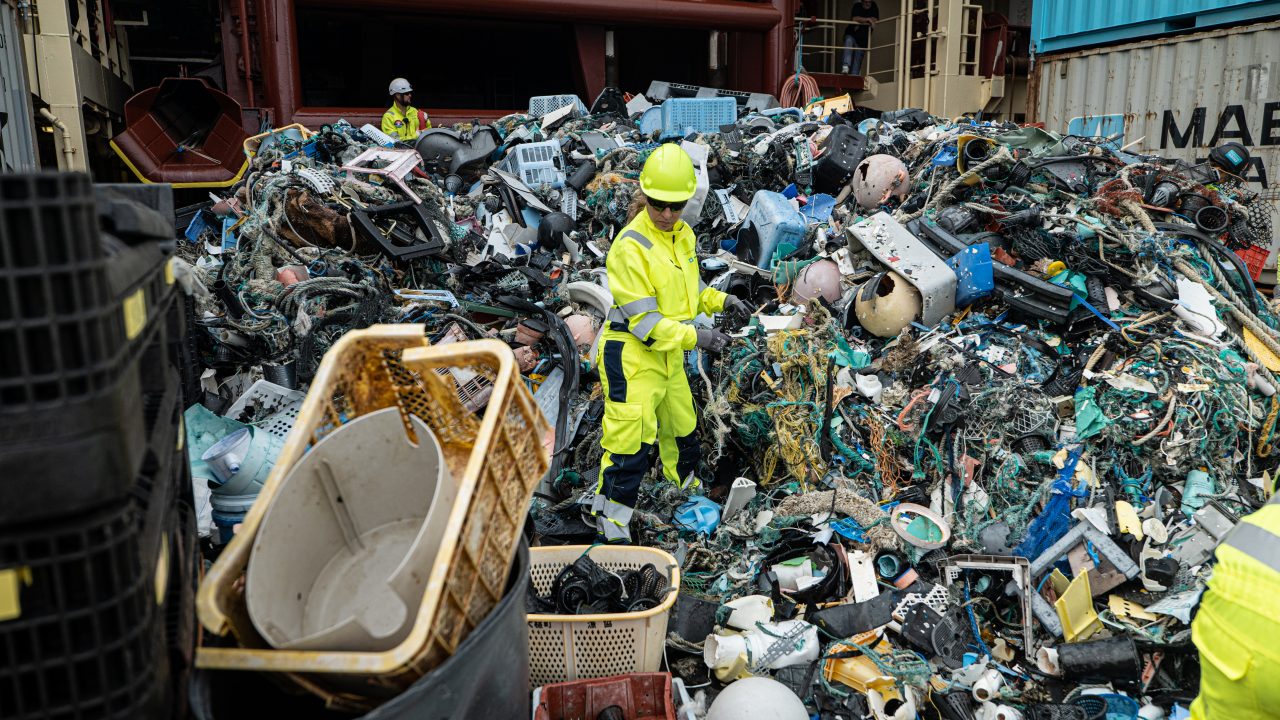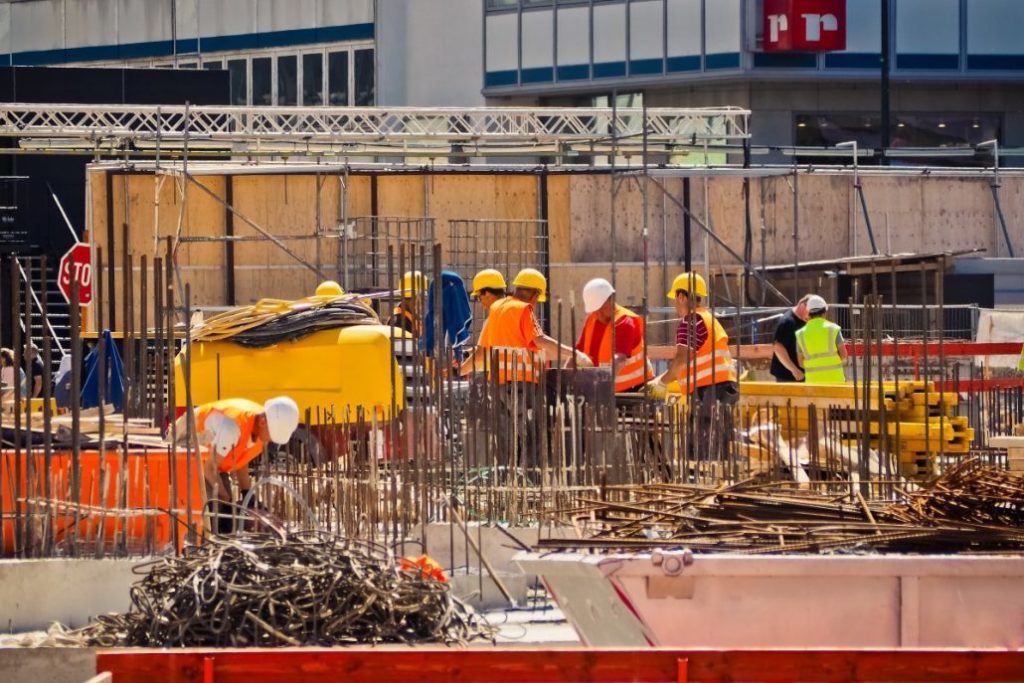Construction waste management is a persistent problem. However, many governments and regulatory agencies are already addressing them. Over the years, much effort has been directed into environmental sustainability. Construction waste comes from building operations and demolition. It typically includes plastic, bricks, metals, rocks, concrete, tiles, and related material. Most of these items are non-biodegradable, so they sit in landfills for years. Here are a few tips for construction waste disposal.
Plan Ahead
Planning ahead is an essential part of a good waste management strategy. Project managers should develop a proper building plan before the construction job begins. Proper organization and thorough planning mean there is minimal room for mistakes. It makes it possible to answer all the essential questions ahead of time. Planning also reduces waste on the site. A proper plan needs to:
- Offer an account of your potential waste
- Educate workers on the processes of sorting waste
- Offer jobsite recycling, waste, and compost bins
- Determine the exact amount of material you need to minimize waste
- Identify items that can be reused or recycled.
Reuse Different Construction Material
Some construction materials don’t need to be discarded, as they are reusable. If you replace windows or doors, you can reuse them on other projects or resell them. Find ways to reuse recovered material. For example, instead of more dirt, you can use gravel, concrete or other aggregates for backfilling. Consider using drywall to patch up damage in the completion phase.
It would be best if you only disposed of material that cannot be minimized, reused, or eliminated efficiently. Reusing is a great way to save money and perfect for keeping your carbon footprint low. You get to avoid the costs of separation, recovering, and waste disposal.
Eliminate the Garbage
If you can, eliminate the garage from your construction site. For example, you could use a solid modular metal forming system in concrete construction or you can use a baling wire from Balingwiredirect.com to secure the scrap materials into manageable bundles. You can demount and reuse it in the future. This could eliminate the wood waste that comes from dimensional and plywood wood coating.
Pick the Right Vendors
Choosing your vendors wisely is critical to a good waste management strategy. If you care about your sustainability goals, you need a vendor who understands your priorities. They should be able to handle the scope of your project without slowing down your efforts. A good vendor needs to keep a flexible schedule. Do some research and ensure that you are working with the best fit for your construction company. Buying poor-quality construction products leads to plenty of waste. Invest some time into finding suitable suppliers before you make a decision.
Organize the Construction Site
Organizing your workplace is essential when you need to prevent mistakes in material handling. One of the most important things to do is to place visible labels that identify rubbish containers from recyclables. It also limits the production of garbage that results from mixing scrap that doesn’t belong together. When everyone at the site understands what needs to be done and stays organized, everything runs efficiently.

Recycle
Try to recycle as much waste as you can. No matter what construction site you are working in, there is always something to recycle. The most common recyclable items include:
Metal
Paper
Plastic
Cardboard
Glass
Wood
Consider working with suppliers that can buy non-use material. You could also negotiate with them to improve their storage or packaging material. While it may not seem like much, this tip should save you money.
Deconstruction Over Destruction
If your project calls for demolition, deconstruction is your best bet. It calls for disassembling buildings selectively, one part after another. That way, you can conserve your construction material and minimize waste. You can convert the recovered material into new, helpful material. If you can’t use it for your next project, you can always resell it. Usually, the material is used as a raw material for fabricating 3D prints. Deconstruction helps you minimize demolition-related pollutants.
Donate
If some of your waste is still in good condition, consider donating it to organizations. Instead of taking all the waste to a landfill, donate items that are still in good shape. Here are a few items that you should consider donating:
Doors and windows
Hardware and fixtures
Appliances
Buy Post-Consumer or Recovered Material
Your organization could do better in waste management processes by using post-consumer material. This measure also cuts down your carbon footprint. The first step is to identify the threshold proportion that your firm aspires to attain. You can commit to buying products with at least a level of recycled material.
Cut Down on Packaging
About 12% of your project’s waste is from cardboard. While it is essential to protect new material, you should find ways to minimize the packaging as much as possible. Direct subcontractors and suppliers to get rid of nonessential packing. Here are a few other tips to help you cut down on packaging:
Buy material in bulk to avoid individual packing
Consider donating non-returnable containers if you don’t have use for them. Schools, youth groups, and shelters could appreciate them
Take advantage of returnable packaging materials and containers
Reuse barrels, tubs, buckets, and other non-returnable containers to hold construction material
Efficient Waste Segregation
Consider creating a few on-site waste storage areas to manage your waste efficiently. Labeled wheelie bins and bags can promote waste segregation on your construction site. Ensure that your employees understand segregation procedures. Consider offering rewards for those who comply with them.
Eco-Friendly Construction
Take advantage of eco-friendly construction materials. Even though industry authorities have regulated the use of harmful materials, you still need to be vigilant. Consider the impact of different materials on the environment.
Use low-impact construction materials and make sure that they are sourced sustainably. It would also help to focus on sustainable components and buildings. Create waste reduction programs and train workers on the need for sustainable construction. Construction companies can employ various strategies to attain sustainable construction. Proper waste management and reduction are part of the process. The less waste you dispose of, the more money you can save. Create a waste disposal plan that matches your expectations and stick to it. Implement new habits and strategies as soon as you can and start saving your time and money.






